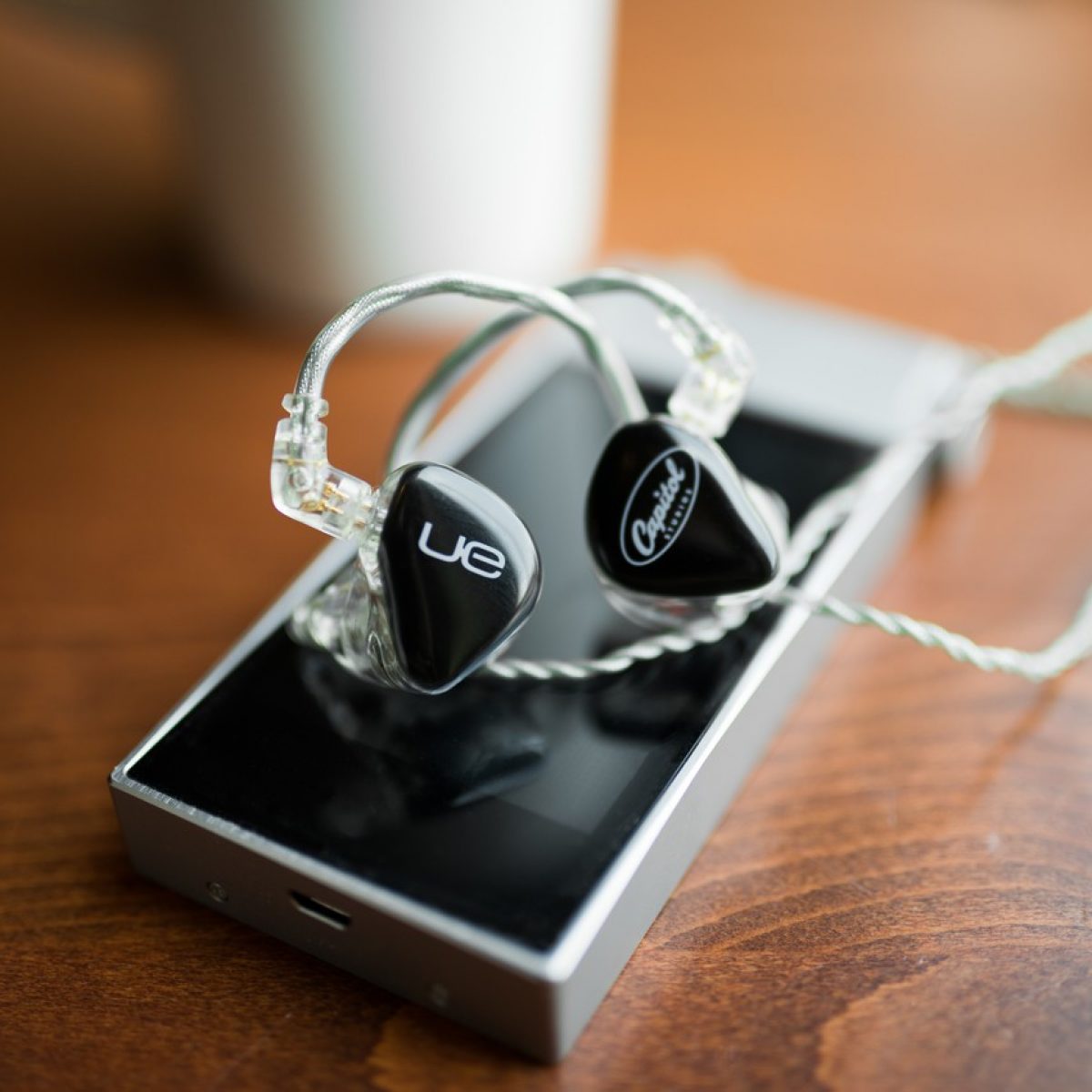If you are a beginner or professional drummer, you have to be familiar with different ways of stage monitoring. The standard of both – the home studio and live music clubs – are indeed wedges or speaker monitoring.
Although the wedges are usually the standard monitoring system musicians use, many drummers will switch to in-ear monitoring at some point in time.
The market is full of different in-ears, but many professional drummers would go for are custom-molded.
If you want to know how in ear monitors work for drummers, I will do my best to point out the advantages, such as control of the volume and complete mix without having a struggle, and you can have once you choose to go for the in-ears.
Why is it better to switch from wedges to in-ear monitors?

The benefit of why it’s always better to switch from wedges to in-ears is to avoid the unnecessary stage volume.
Every drummer knows that during the gig, they can have difficulties hearing the drums and the whole mix; also, the volume can get extremely loud, which can damage the ears over some time.
When you switch from wedges to in-ears, you can build up an excellent setup that will allow you to hear everything with more precision.
Wired or wireless in-ear monitors?
Wireless in-ear monitors

The first way is to go for a wireless set of in ears.
There are a couple of wireless models, but the market is not overwhelmed with wireless in-ear monitors for musicians.
It’s mainly because a lot of mixers still don’t support this kind of IEMs.
If you used it for practice or your mixer support wireless in-ears, here are a couple of models that tickle the eye.
The second way used in the past was to have a wireless transmitter like this one.
The base of the transmitter goes into a mixer while your in-ear monitors go into a transmitter that is usually attached to your drum throne or on a belt.
Wired set on in ear monitors

Most of the IEMs on the market are classic wired in ears that you plug into a mixer with a cable like this one

…or you plug into a preamp like this and then to a mixer.

With a heaphones preamp, you usually get only volume and panorama control.
With wired IEM’s you get a more secure and better signal (sound), while with wireless ones, you get the freedom not having to deal with a cable.
It all comes to a personal preference if you would instead go for wired or wireless in-ear monitors. But, all in all, wireless in-ears certainly give a great deal of freedom when musicians are on stage.
You can have better mobility playing your drums without worrying if the cable will run down your back or somewhere else.
Things to consider when buying in-ear monitors
It is a significant investment when thinking about buying in-ear monitors.
Keep in mind that investing in better quality comes with higher prices, but at the same time, you will have excellent gear that you will not need to replace that often as you would if you would buy lower-end equipment.
What makes up an in-ear monitor system?
In the most basic form, the thing that makes up an in-ear monitor system are:
- In-ear monitors
- Wireless receiver and bodypack
- Digital mixing board
- Extra antennas if you want a more extended range
- Taking good maintenance of your in-ear monitors
Keeping your in-ears clean at all times is super important if you want to avoid ear infections. Most in-ears come with cleaning tools that you can use to clean wax and debris.
What you can also purchase is replacement sleeves inserts in case you don’t have custom-molded in-ears. Drummers who don’t clean their in-ears regularly can hear the difference after changing the foam – the sound will open up more if ear wax blocks the previous foam inserts.
Buy a backup lower-end in-ear monitor.
It is also good to buy a not-so-expensive backup for those on a budget but still decide to go for the high-end ones.
You can never know what can happen, and having a spare one always keeps you prepared for anything that can happen on stage.
Disadvantages of using in-ear monitors for live performances
Isolation could be issue for some drummers. You may feel like playing in a separate room and not being on stage. If isolation is not for you go with classic wedge monitors.
With IEM’s you have to be aware of the volume you’ll be using. If you put your IEM pack volume too loud, you can damage your hearing in no time.
The solution for not having a too loud volume in your IEM is to use a limiter. Most wireless units have it, so make sure to activate this feature to avoid damaging your hearing.
Conclusion
To recap:
As a drummer who wants to have some sort of monitors you have few options:
- Wired in ears + transmitter
- Wired in ears + preamp
- Wired in ear + extension cable
- Wireless in ears
- Wedge monitors (alternative)
My name is Denis. I am a drummer, percussionist, music enthusiast, and blogger. Drums have been my passion for 15 years now. My idea is to write about the things I like and I am interested in. I want to share my drum passion with fellow musicians who walk, talk, and breathe drums.






